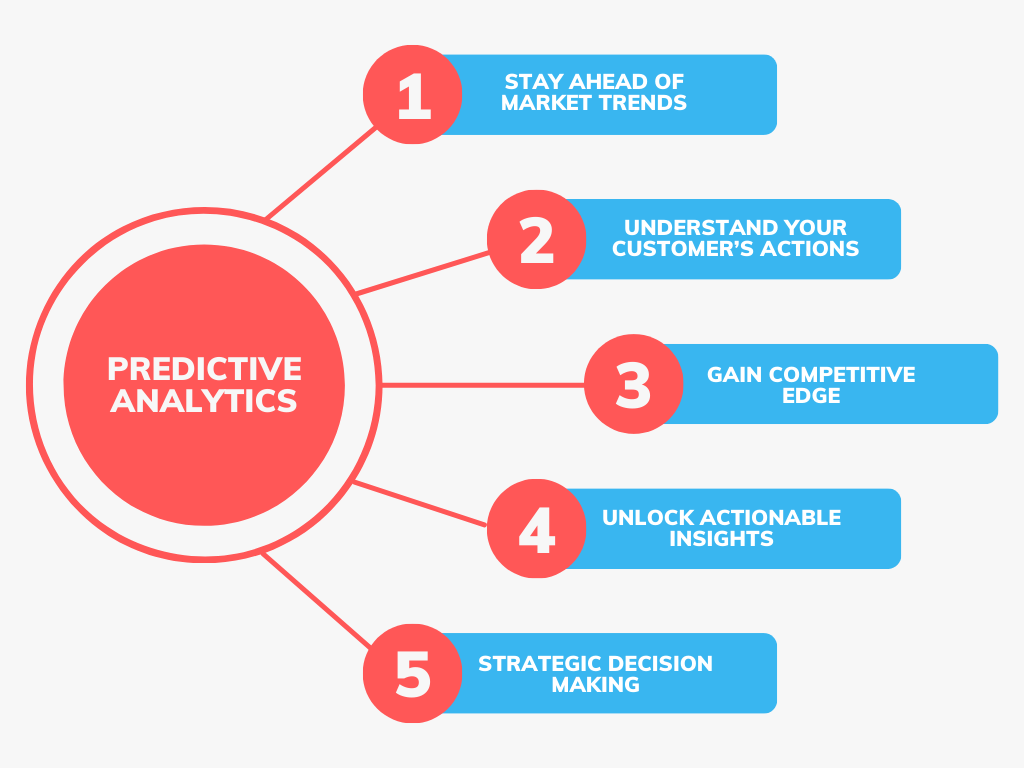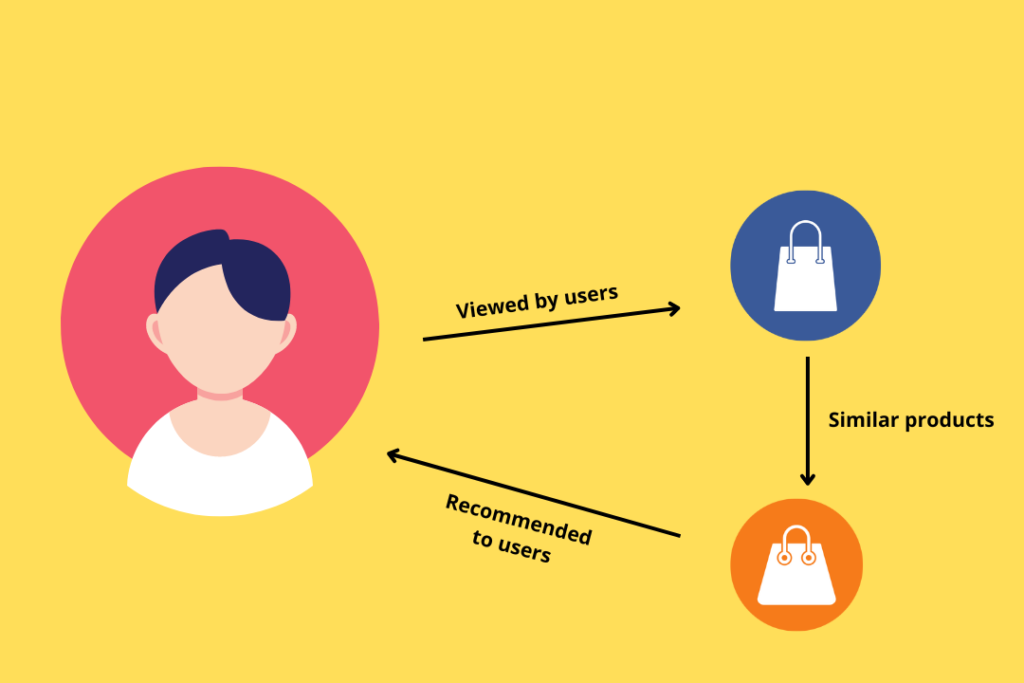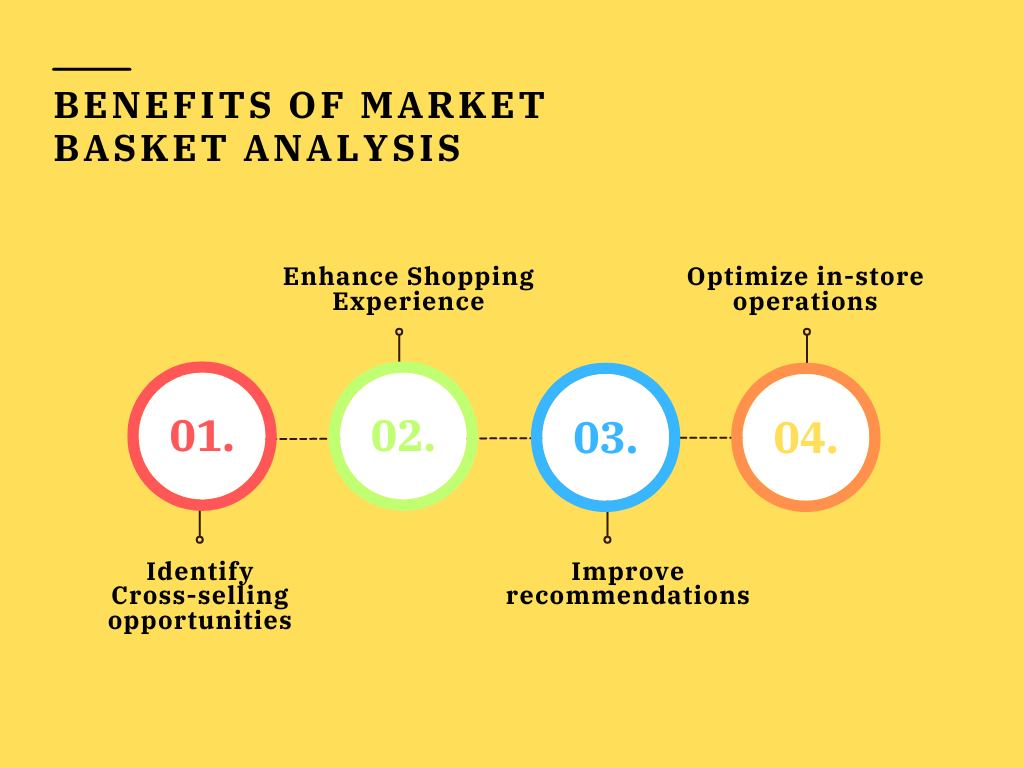
Are you looking for a marketing strategy to induce your customers to come back for more? If so, you need to check out five ways data can help create marketing magic for Ecommerce. Read now to learn more!
Introduction
Have you ever felt like throwing marketing darts in the dark? You spend hours crafting the perfect ad copy, agonizing over website layouts, and bombarding emails to the masses, only to see no significant results.
Well, A/B testing and segmentation are ‘good enough’ ways to help us refine campaigns and target the appropriate audience. But, in modern data-powered marketing, is ‘good enough’ enough?
Data isn’t just about split tests and demographics anymore. It’s about understanding your customers, predicting their desires before you know them, and using marketing magic to personalize your strategy.
So, are you ready to ditch the guesswork and transform your Ecommerce with marketing magic? If so, get ready to join Cymetrix, a leading Data Analytics consulting company, while they reveal five ways you can use data to create marketing magic for your Ecommerce brand.
Role of Data Analytics in Marketing
Do you know 64% of marketing executives ‘strongly agree’ that data-driven marketing is crucial in this economy? That signifies the need for Data Analytics in marketing, but what role does it play? Let’s find out!
In modern marketing, understanding your audience is the key, and that’s where Data Analytics steps in. Now, by analyzing consumer behavior, preferences, and trends, marketers can unveil invaluable insights.
But it’s not just about understanding ‘what’. Data Analytics goes beyond the surface, delving into the ‘why’ behind consumer actions. So, imagine having the ability to decipher the motivation that drives your audience.
With such information, marketers can create campaigns that resonate on a deeper level, fostering meaningful relationships with their target audience.
In this fast-paced digital world, where attention spans are fleeting, relevance is essential. Data Driven Marketing enables marketers with the power to stay ahead of market trends, foresee shifts in consumer behavior, and adapt strategies accordingly. Thus, it’s like having a compass that guides your marketing strategy in the right direction.
Using Data to create marketing magic for Ecommerce
Now that you understand the undoubtable role of Data Analytics in modern marketing, let’s take a look and comprehend the five ways you can use data to create marketing magic for your Ecommerce store.
1. Predictive Analytics

In the world of Ecommerce, where competition is extremely fierce and customer expectations are ever-evolving, predictive analytics offers an advantage.
While Ecommerce marketers face several challenges, from acquiring new customers to retaining existing ones and creating highly targeted marketing campaigns. Predictive analytics can help tackle such marketing challenges head-on. How, you must be wondering?
To be precise- by diving deeper into customer demographics, purchasing behavior, and external marketing influences, predictive analytics can help you uncover the ‘why’ behind customer actions and trends. This understanding allows you to tailor your marketing strategies.
For instance, if your data reveals a spike in certain product categories during specific seasons or events, you can proactively adjust inventory levels and optimize marketing strategies. It gives a competitive edge in satisfying consumer expectations and not only maximizes the use of resources but also guarantees that the appropriate items get promoted at the right moment.
2. Recommendation System

Ecommerce marketers often struggle to stand out in a crowded online marketplace. With a wide array of choices available to customers, capturing their attention and guiding them to complete a purchase presents a significant hurdle.
While traditional marketing strategies may lack the personalized touch, recommendation system often proves to be quite helpful. These systems leverage advanced algorithms to analyze customer data, such as user behavior, preferences, and historical data, and generate individualized product recommendations.
(The recommendation system continues to improve as your visitors continue to interact with them)
As a result, it goes beyond enhancing the overall shopping experience but also increases the likelihood of customers finding products they are genuinely interested in.
Now, have you ever noticed how companies like Netflix use recommendation systems? For example, ‘top picks for Andrew’ ‘because you watched The Witcher’ or ‘more of what you like’ or something similar. These are the kinds of recommendations that induce customers to take action and increase conversion.
3. Personalized customer experience
Modern marketing is not just about making a sale anymore but establishing a connection that transcends individual transactions, especially when over 61% of customers expect brands to tailor experiences based on their preferences.
That’s where Personalized customer experience steps in – a strategic approach that goes beyond transactional interactions. It involves utilizing data to create a tailored journey for each customer, fostering a sense of exclusivity and meaningful connection.
Let’s take a scenario where a customer visits an Ecommerce website, browses through some products, and makes a purchase. A generic customer journey might end there, with the customer receiving a standard, non-personalized experience.
However, a well-executed personalized customer journey would extend beyond that transaction. So, by using data from previous interactions, an Ecommerce store can send personalized follow-up emails, perhaps suggest complementary products, or offer exclusive discounts based on their preferences.
By treating each customer as a unique entity and personalizing every touchpoint (social, email, web, or mobile), you can foster a connection that extends way beyond one-time purchases. The transformation from a transactional interaction to a personalized and delightful experience is the key to turning first-time buyers into repeat customers.
If you want to know more about Ecommerce Personalization, don’t forget to read Ecommerce Personalization with Salesforce Einstein.
4. Market Basket Analysis

If you’re an Ecommerce marketer, you must know how challenging it can be to maximize sales and create intuitive shopping experiences. In the vast landscape of online retail, it can be tricky to guide customers through logical product combinations, encourage strategic cross-selling, and implement upselling techniques effectively.
However, Market Basket Analysis is a strategic approach that can help unravel the mysteries of customer purchasing patterns. This analytical approach goes beyond merely identifying product associations; it delves into the ‘how’ and ‘when’ of purchases, providing invaluable insights for marketers.
For example, a consumer buying bread is likely to purchase butter and other spread-based products, so stores place such products close to each other. Yet, purchase patterns are not always that easy to understand. Considering different cultures, regions, and demographics, consumers tend to buy goods that don’t belong to the same category.
A commonly known example could be an increase in sales of a ‘classic party combination‘ of chips and dips like Salsa during Super Bowl Sunday. So, chips and dip joints are readily available at NFL stadiums and Supermarkets during game day in the NFL season.
Similarly, you could also use Market basket analysis to understand the buying pattern of your audience and optimize your Ecommerce store accordingly to maximize cross-selling opportunities and deliver a seamless shopping experience.
5. Customer churn Analysis

A customer churn occurs when the customer ceases to purchase your product/service. For example, if you are an Amazon Prime user and switch to Netflix instead, you are a customer who has churned.
Anyway, did you know it is more expensive to acquire a new customer than to retain existing ones? That is precisely where customer churn analysis steps in and helps prevent organizations from losing customers at churn.
So, by using customer data, you can delve into consumer behavior and identify patterns that indicate potential churn risks. This analytical foresight is essential in implementing targeted retention strategies.
To illustrate, let’s assume you have subscribed to XYZ Telecom provider and have been struggling with network outage and connection speed. You tried putting in a complaint with the support team, only to receive no adequate resolution. At last, you decided to choose a competitor brand instead of XYZ Telecom.
After tracking your user activity and analyzing customer behavior/complaint information, XYZ Telecom’s marketer can understand that you are at high risk of churn. As a result, they will offer you personalized promotions and discounted plans or even give you a free upgrade.
Conclusion
So, there you have it – five ways to utilize data for creating marketing magic for your Ecommerce brand. Data is the key to unlocking the full potential of your marketing strategy. By using data analytics, you can get a deep understanding of your customers, their preferences, and their needs. This knowledge can help you create targeted campaigns that resonate with your audience.
From tracking customer behavior to personalizing marketing campaigns, data analytics can take your Ecommerce brand to new heights. With the right tools and techniques, you can harness the power of data to create marketing magic that keeps your customers coming back for more.
So, what are you waiting for? Start exploring the power of data analytics today, and see how it can transform your Ecommerce brand!
